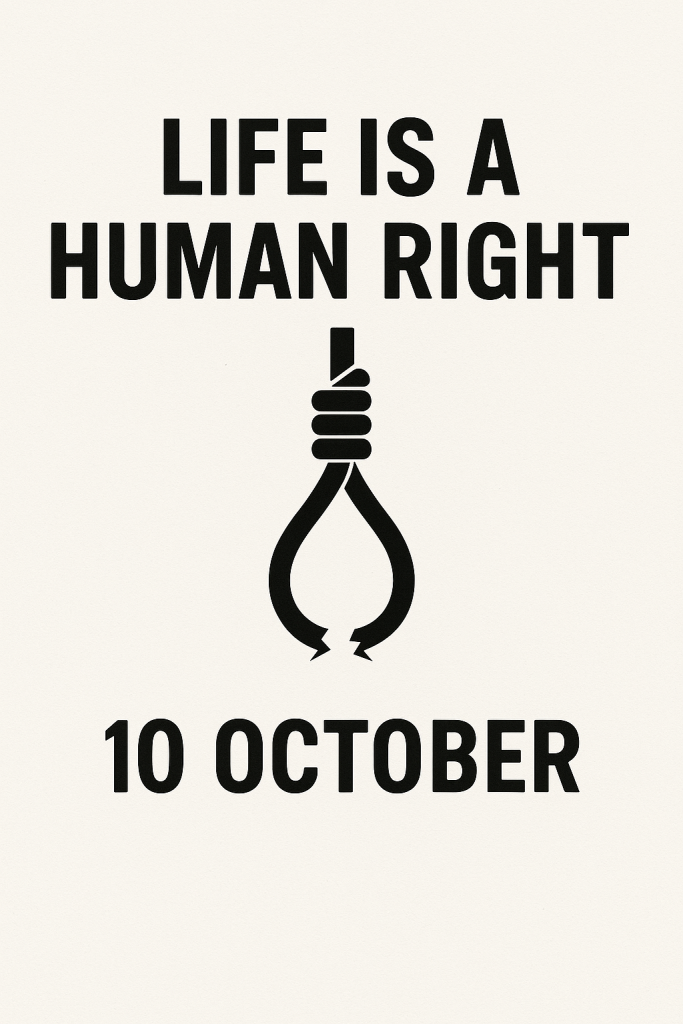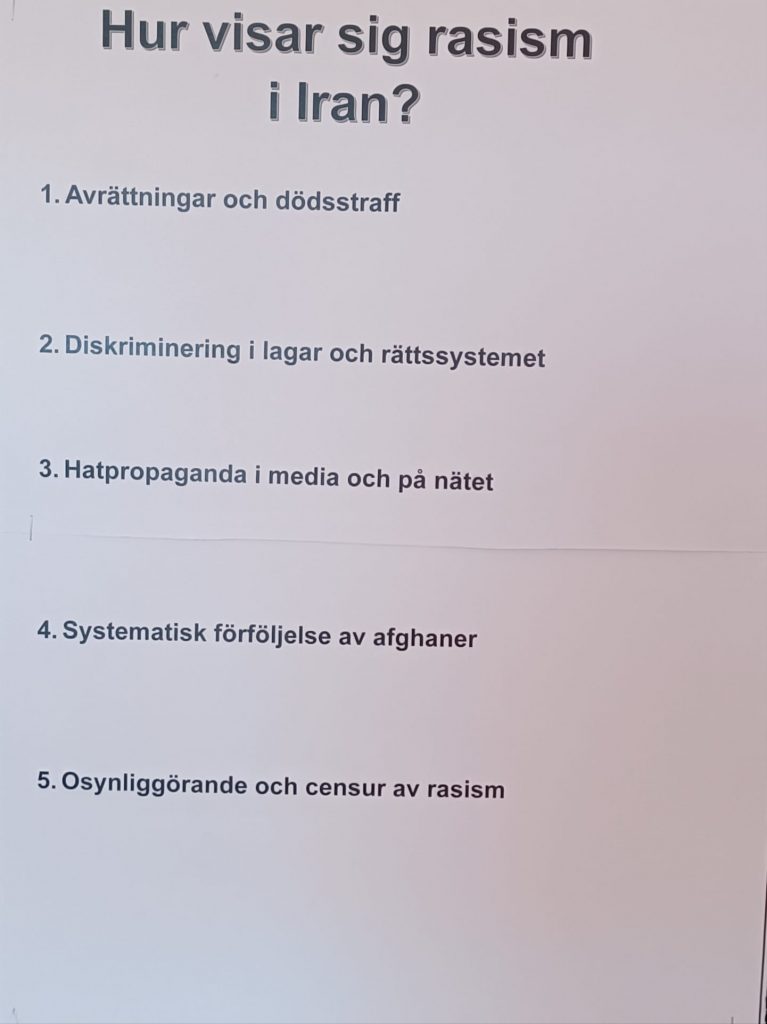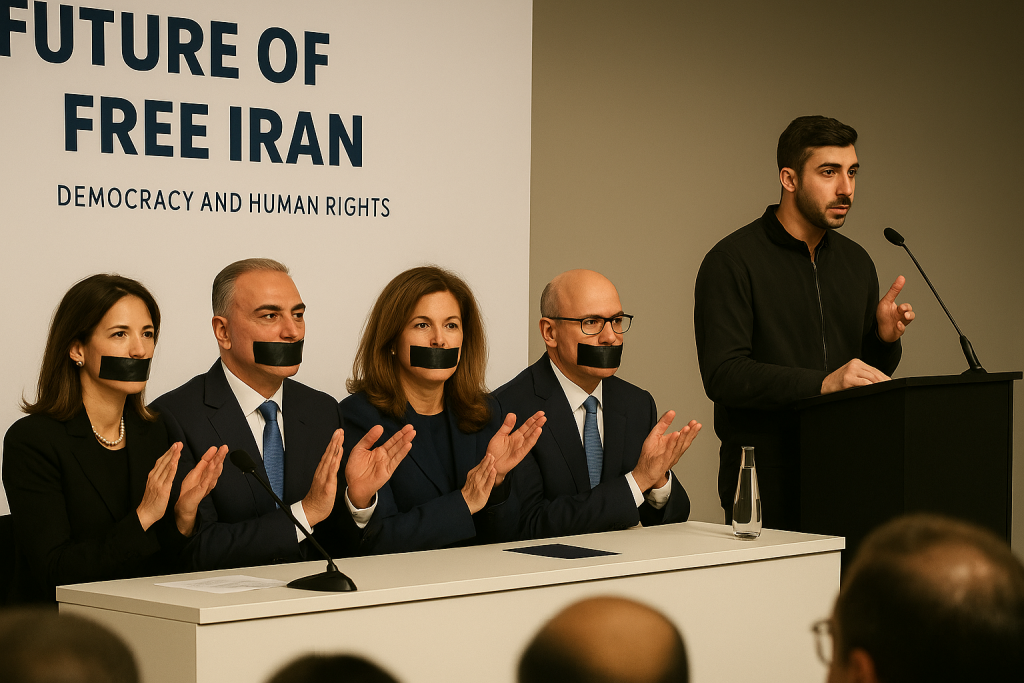Abstract
The article examines how Iranian state-controlled media use language and strategic framing to justify executions and influence public perception. By applying Maxwell McCombs’ Agenda-Setting Theory, it analyzes how media shape narratives to present Iran’s judiciary as lawful, fair, and necessary for public security, despite international criticism.
The study focuses on three key cases:
- Post-revolutionary executions (1979-1980s): The regime used terms like “firing squad” instead of “execution” to create a revolutionary justice narrative.
- Executions during the “Women, Life, Freedom” movement: The government manipulated public sentiment by shifting focus from human rights violations to state security.
- The “Ekbatan Case” (2024): Six young men were sentenced to death, but state media framed the verdict as “qisas” (retributive justice) rather than “execution”, portraying it as a legitimate act of Islamic law rather than state oppression.
The findings reveal that Iranian media systematically manipulate terminology to justify executions while responding to public and global reactions. Over time, the shift from celebrating executions to concealing or rebranding them reflects growing domestic resistance and international scrutiny. Despite these tactics, independent journalism and social media activism are increasingly challenging the regime’s control over narratives.
Raheleh Behzadi wrote this article in Persian, and it can be downloaded as a PDF.


